If you’re interested in the racial equity in higher education, click here.
Education as the cornerstone for a prestigious career and a good life
The most widespread aspect of higher education is the pursuit of happiness through a better position which usually reflects in improvement in education level, work and career, followed by social status. The more prestigious the university or college, the higher the degree; the more honourable and high-paid subsequent job. That has led to the amelioration and the rise of societal levels for many decades. But how can one facilitate their social status if they cannot even get to afford to enrol in a post-secondary education programme?
There may be many influencing factors that are not only related to economic issues. For instance, the applicants may be former or current convicts, LGBTQ people, people belonging to minoritiesor other kinds of situations in which they may feel less privileged than their college colleagues.
Solutions for the equality of all kinds of students
Access and facilities
For instance, the first thing to do is implement equal access and facilities to everyone by enforcing human and civil rights. Indeed, the fundamental aspect of the instruction system is protecting students’ rights and promoting equity. One of the possible solutions would be the cooperation between stakeholders and policymakers whose purpose should be to guarantee higher education to everyone and the disadvantaged students. Of course, some coalitions of that kind already exist, and they continue their work in this field, but more of them should be founded. In other words, higher education institutions should enforce human rights regardless of race, religion, language, immigration status, ethnic characteristics, sexual orientation and family status, age or disability.
Enrolment barriers should be made lower to enable access to marginalised students. Also, the barriers mentioned earlier should be addressed to underline that they are unnecessary and, in some cases, discriminative. Moreover, higher education institutions should provide students with culturally competent staff able to take care of counselling, mental health services, child and family care service, and, of course, academic advising.
Fees and costs
Another solution is the lowering of university and college fees. Moreover, these costs should be calculated based on other expenses, such as housing, family and childcare, and transportation expenses. In cases like these, providing student aid is also an option.
Moreover, the reduction of student loans for less advantaged students should be taken into consideration. That is because minorities often find it more challenging to get a job immediately after graduation, and therefore, they are more likely to have difficulties in paying their debt. First-generation students, female students, students of colour and low-income students would all need special attention and help.
Data for a better planning and overview
Moreover, essential data on higher education should be collected and then reported. It should be anonymous but accessible to everyone interested in willing to pursue (or already pursuing) a post-secondary degree. The available data should be helpful to marginalised students (and not only) because they are usually limited economically or from an organisational point of view. In that way, families and especially students can get all the necessary information about the quality of programmes, student loans, affordability and costs, student success, investigations on the institution, deceptive practices, campus climate.
Another possible solution would be the designing of unique accountability systems. Students should receive value from their higher education path. The creation of incentives should greatly help require and control that higher education institutions receive public and private financial aids that await them. Disadvantaged students at universities and colleges should benefit from these funds in terms of facilities and other types of education-related assistance.
In other words
Post-secondary education should be the key to a successful career and, thus, to a life of success. But, unfortunately, this kind of success is extremely difficult or even impossible to achieve for many students. That is why higher education institutions should provide policies, implementations and different types of facilities, services and aid to underrepresented or disadvantaged students.
ACS – ASOMI College of Sciences has equality at its heart. It is an active follower of programmes, ideas, and initiatives that imply equal rights to everyone, especially in higher education.




